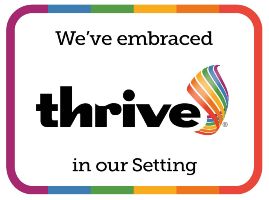Maths teaching at Glebe
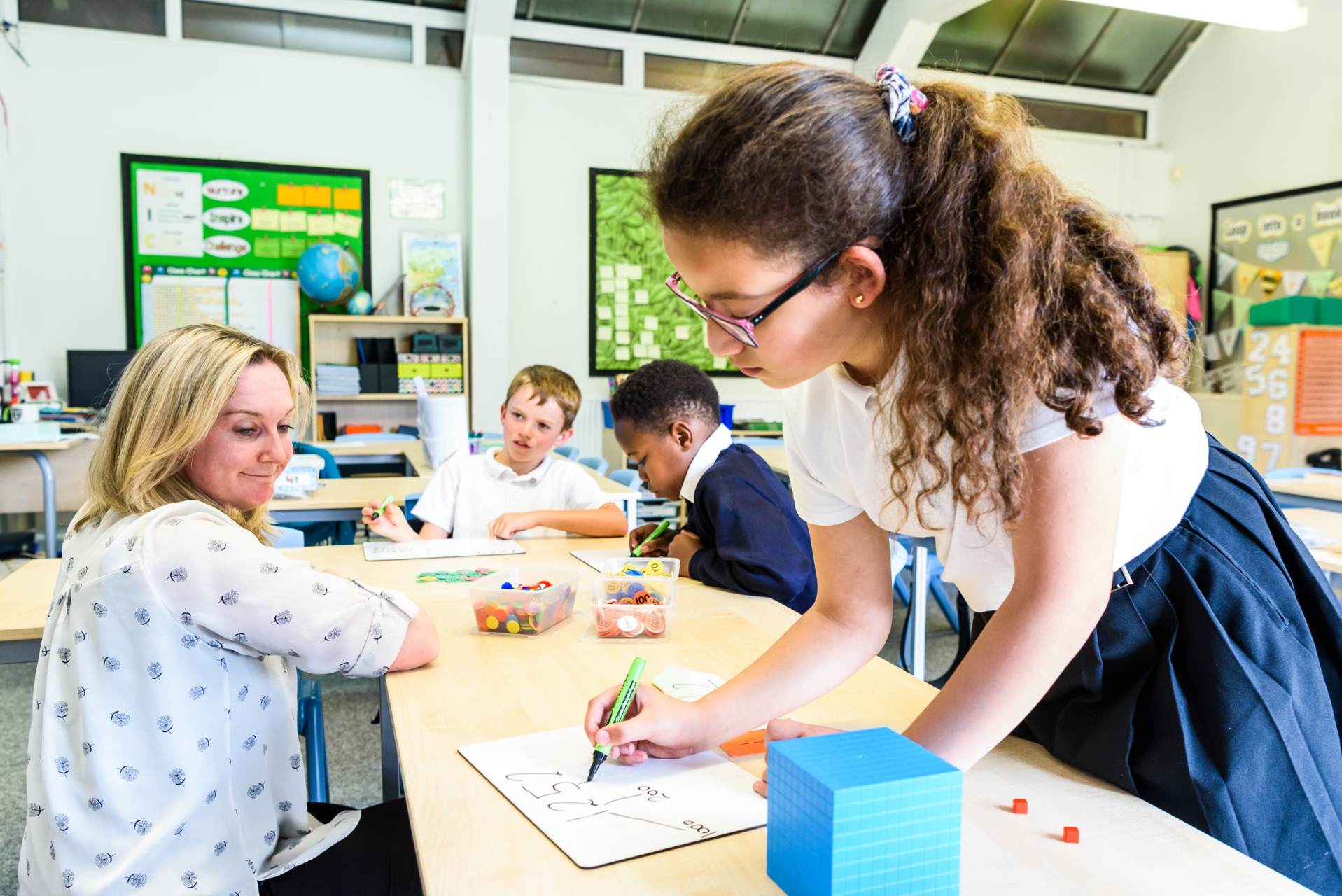 Maths Leadership Team
Maths Leadership Team
- Mrs Peace - Leader
- Miss Duignan - EYFS/KS1 link
- Miss Trillwood - KS2 Times tables
The INTENT of Maths at Glebe
At Glebe we endeavor to make learning rich and exciting while keeping it creative and dynamic so the children are engaged in all areas of mathematical education. In maths, it is our goal to ensure that every child in our school confidently develops their number and calculation skills by being amerced in a rich curriculum. From when they enter our doors in Reception, we want the children to have a love of number that continues throughout their time at Glebe. We will Nurture that love of learning in maths through challenging the children to grasp the basic number knowledge from an early age though counting and day to day exposure to number.
Through daily maths lessons and discrete fluency practice, as well as Times Tables Rockstars, Numbots and home learning tasks set via MyMaths, the children will have fun challenging and developing their mathematical thinking. We want to inspire the children to have the determination to exceed their expectations in maths and our mastery style of teaching will help them achieve this. We have invested in ‘Power Maths’ to support the children in their learning of maths through mastery and we know that the visual and practical based learning will continue to help the children succeed. Let’s break that stigma of not being good at maths and Nurture, Inspire and Challenge our children into becoming outstanding mathematicians.
How we teach maths at Glebe - Power Maths!
Click here for an introduction to Power Maths for our parents/carers
At Glebe we use Power Maths to meet the requirements of the National Curriculum. We supplement the scheme with resources recommended by the NCETM and Mathshub. We also utilise these DfE approved organisations to support ongoing staff training to ensure that we stay up to date with the latest research into effective early mathematical teaching and learning.
We ensure that the teaching and learning of maths is exciting and enjoyable, where children can develop confidence and a positive attitude towards this area of the curriculum. We teach through a “mastery” approach which caters for learners of all abilities. Our aim is for all children to securely master concepts before moving on to the next. Those children who grasp concepts more quickly are immediately given opportunities to explore further challenges which are specifically designed to develop a greater depth of understanding.
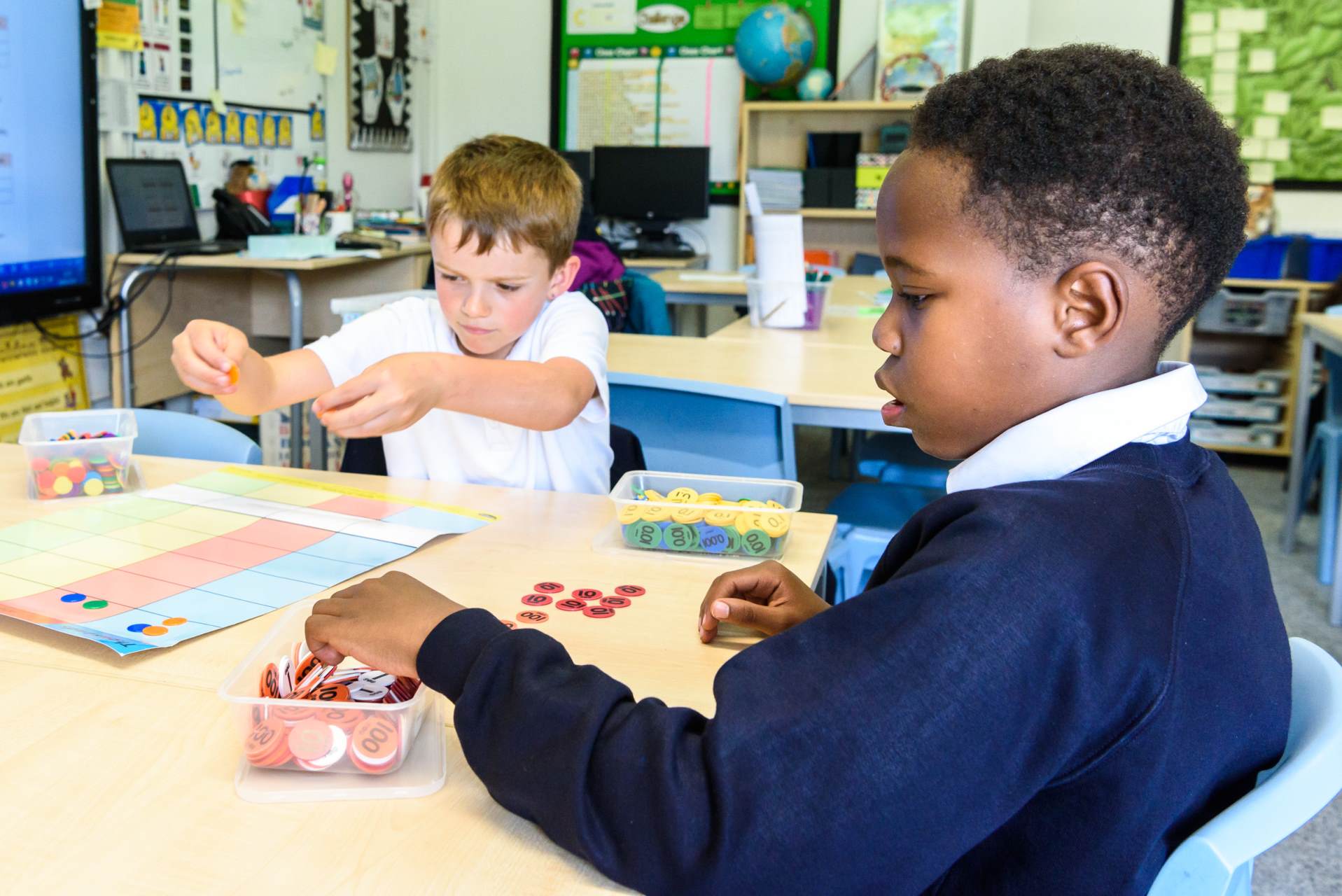
Throughout the Early Years pupils explore and develop skills in a stimulating mathematical environment. Across the whole school pupils are encouraged to become logical and creative thinkers who demonstrate their understanding by using and applying their skills and knowledge in a wide range of problem solving situations.
This approach allows all learners to develop a deep understanding through the use of apparatus and pictures alongside the traditional “abstract” methods (such as formal written calculations). We strive for children to make connections with maths in real life contexts as well as retaining key facts, like number bonds and times tables, that underpin many areas of the subject.
Whole school maths overview
layer 2 subject overview maths inc yr 002 .pdf
Our calculation policies
We get so many parents and carers telling us that the methods the children use in school are so different to the way they were taught in school and to a certain extent you’re quite right.
Things have changed, but the methods you hear your child use are very similar to those you used, but now have different language and often pictures and resources attached to them. In the maths section of our website you can find links to all of our calculation policies explaining the different methods we follow in each key stage.
Any questions regarding any of the information within our policies, please do make contact with your child's class teacher.
- Early Years and Foundation Stage (Reception)
- Key Stage 1 (Year 1 and 2)
- Lower Key Stage 2 (Year 3 and 4)
- Upper Key Stage 2 (Year 3 and 4)
Maths in the foundation stage (reception)
In EYFS, maths learning and development is implemented through planned, purposeful activities which they complete on a daily basis. They have a diverse learning experience through a mix of adult-led and child-initiated activity. Play is used as an essential part of children’s development, building their confidence as they learn to explore and think about maths in different contexts.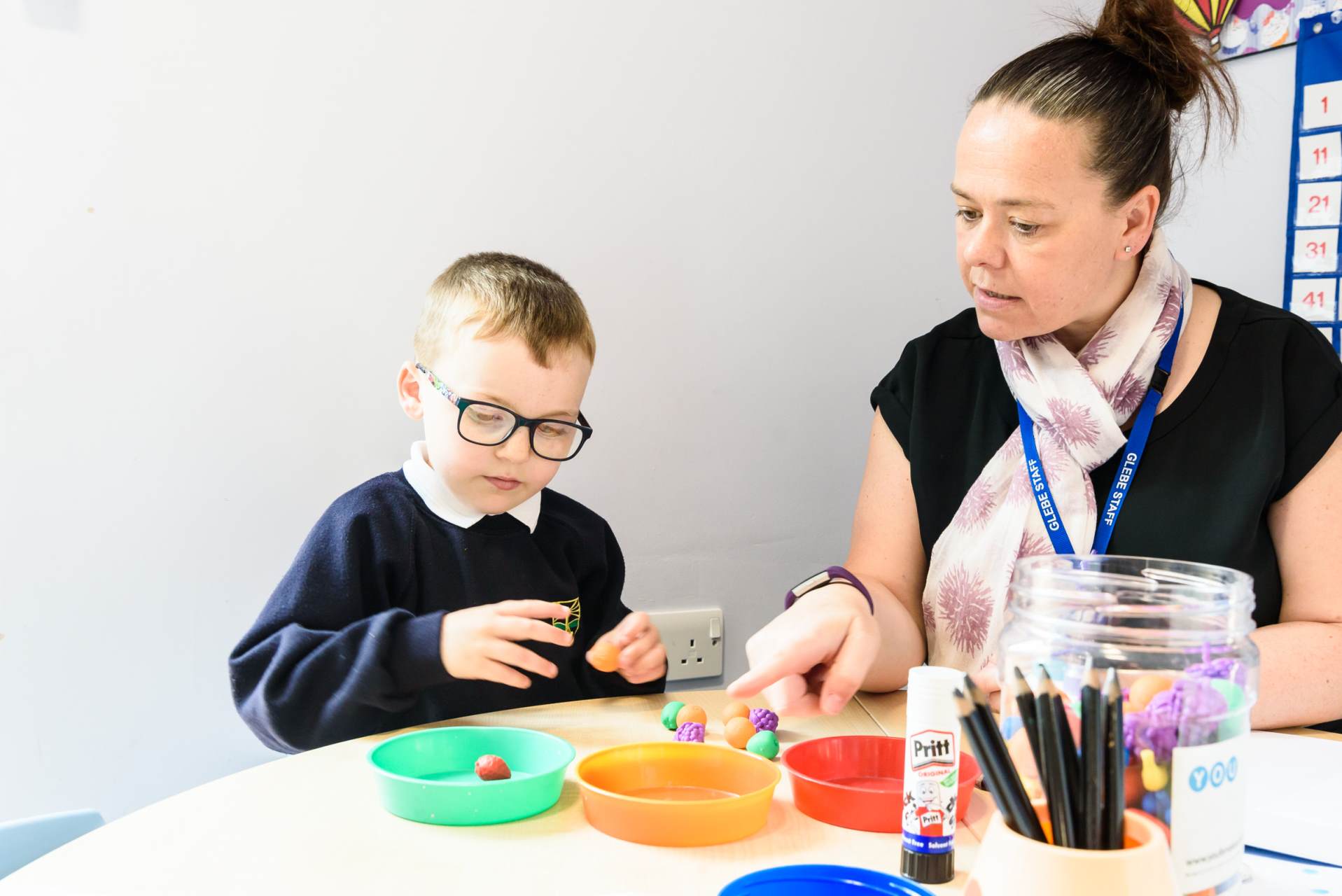
Children learn to count reliably with numbers from 1 to 10, place them in order and say which number is one more or one less than a given number. Using quantities and objects, they add and subtract two single-digit numbers and count on or back to find the answer. They solve problems, including doubling, halving and sharing using a mastery approach to their learning. Using everyday language, children learn to talk about size, weight, capacity, position, distance, time and money to compare quantities and objects and to solve problems. They recognise, create and describe patterns. They are encouraged to use a multitude of resources to assist in their understanding and add to the fun of learning. The practical approach helps the children to give maths a context.
Maths in Key Stage One (Year 1 & 2)
In Key Stage 1, the principle focus of mathematics teaching is to ensure that all pupils develop confidence and mental fluency with whole numbers, counting and place value. This involves working with numerals, words and the four operations (addition, subtraction, multiplication and division). Children develop their ability to recognise, describe, draw, compare and sort different shapes and use related vocabulary. Teaching involves using a range of measures to describe and compare different quantities such as length, mass, capacity/volume, time and money.
All mathematical concepts and procedures are explored through objects and drawings, as well as the abstract numerical representations. This concrete, pictorial, abstract (CPA) approach to representing maths underpins our ‘mastery’ approach to learning. Objects and images are used to support children’s ability to talk, reason and pose questions about the patterns and connections they can literally ‘see’ in the maths that we are exploring. Explicitly teaching the connections between different areas of the maths curriculum, as well as making ‘real life’ links to other areas of the wider curriculum makes learning fun, meaningful and memorable.
By the end of Year 2, pupils should know the number bonds to 20 and be precise in using and understanding place value. Emphasis is placed on this at KS1 as it is proven to aid fluency. Within every lesson, children who grasp the concepts taught at a more rapid rate than others are immediately given access to mathematical challenges which are specifically designed to develop a greater depth of understanding. These challenges are frequently open-ended and encourage creativity and critical thinking.
Maths in Key Stage Two (Year 3, 4, 5 & 6)
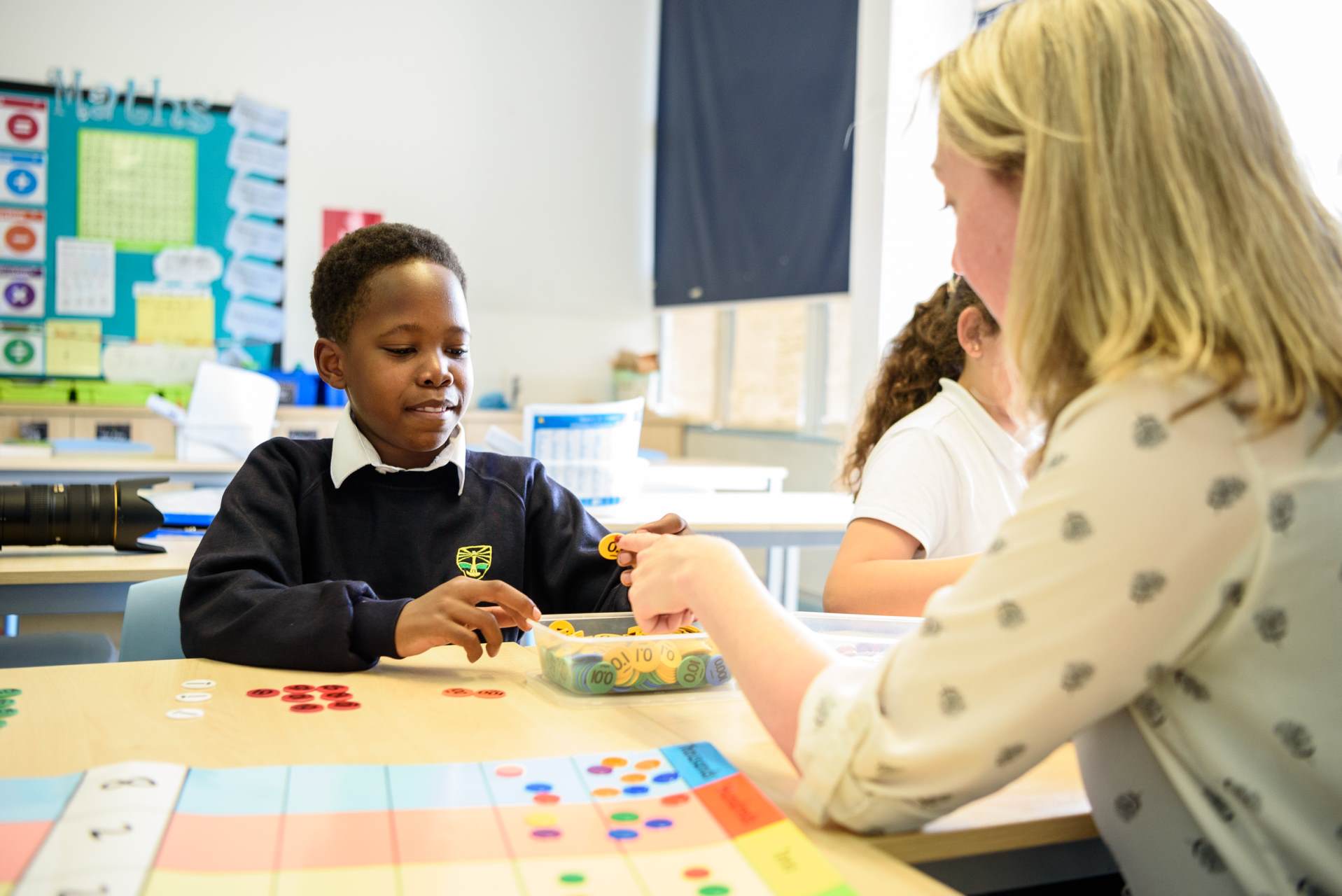 In Key Stage 2, children continue to use the CPA approach to develop their understanding of the number system and calculations using numbers beyond 100. They build on the number sense that has been established throughout Key Stage 1 and apply their mathematical knowledge to increasingly challenging problems. Our aim is to develop the children’s confidence, independence and initiative when approaching mathematical problems but also to develop their ability to work in co-operation with others. All children are taught to reason, think logically and communicate using accurate vocabulary to explain their mathematical reasoning and justify their ideas. Throughout the Key Stage, the children explore features of shape and space and develop their measuring skills in a range of contexts, including money and time.
In Key Stage 2, children continue to use the CPA approach to develop their understanding of the number system and calculations using numbers beyond 100. They build on the number sense that has been established throughout Key Stage 1 and apply their mathematical knowledge to increasingly challenging problems. Our aim is to develop the children’s confidence, independence and initiative when approaching mathematical problems but also to develop their ability to work in co-operation with others. All children are taught to reason, think logically and communicate using accurate vocabulary to explain their mathematical reasoning and justify their ideas. Throughout the Key Stage, the children explore features of shape and space and develop their measuring skills in a range of contexts, including money and time.
Children learn to calculate fluently and confidently with increasingly complex and demanding calculations, using a combination of learnt facts, mental calculation skills and formal written methods. Throughout Key Stage 2, children refine their written calculation methods using concrete apparatus to support, secure and communicate their understanding even when working with increasingly large numbers. This cements their understanding of place value and enables them to explain their mathematical thinking clearly. By the end of Key Stage 2, children should be confident in using reliable and efficient written methods for all four operations; they learn to add and subtract numbers with more than 4-digits, and use formal methods to multiply and divide numbers up to 4-digits by 2-digit numbers.
Developing Fluency at the Glebe
The Glebe now focuses on developing fluency as a discrete maths activity. We know that it is at the heart of developing confidence as a mathematician. Fluency in maths is about developing number sense and being able to use the most appropriate method for the task at hand; to be able to apply a skill to multiple contexts. We know that children’s confidence in maths stems from an intrinsic knowledge of number. Their fluency calculating rapidly recalling their multiplication facts or number bonds will enable children to take on more complex problems with greater confidence and resilience. This is because they are no longer using their working memory to recall how to do the calculations needed or the relevant number facts, they are able to put all their energy into how to solve their mathematical problem.
From Reception to Year 2
Reception to Year 2 now use the NCTM Mastering Number program. This secures firm foundations in the development of good number sense for all children from Reception through to Year 1 and Year 2. The aim over time is that children will leave KS1 with fluency in calculation and confidence and flexibility with number. Attention will be given to key knowledge and understanding needed in Reception classes, and progression through KS1.
Lower KS2 (Years 3 and 4)
In years 3 and 4 the focus turns to gaining fluency in times tables, building on number knowledge and counting developed in KS1. Children will consolidate understanding of 2, 10 and 5 times tables, before developing raid recall of 3, 4, 6, 9, 4, 8 12, 7 and 11 times tables and their related division facts. Children are supported through our subscription to the Times Tables Rock Stars website (https://ttrockstars.com/). Our aim is for all children to apply a secure knowledge of multiplication facts and number bonds when approaching demanding calculations, sophisticated mathematical puzzles and real-life problem solving.
Upper Key stage 2 (years 5 and 6)
In years 5 and 6, the children learn to consolidate their number fluency and develop their mental maths skills to apply them to larger numbers. For example, using place value knowledge to make the link between 3 x 4 is 12 and 30 x 4 is 120. The children also learn to apply their number fluency to developing formal calculation methods in the four operations. We want every child to have an appropriate method to tackle division, multiplication, subtraction and addition calculations with confidence and be able to check their answers to spot any mistakes. We believe this will give the children the best platform to succeed in maths as they move on to secondary school and beyond.
Supporting your child at home with maths
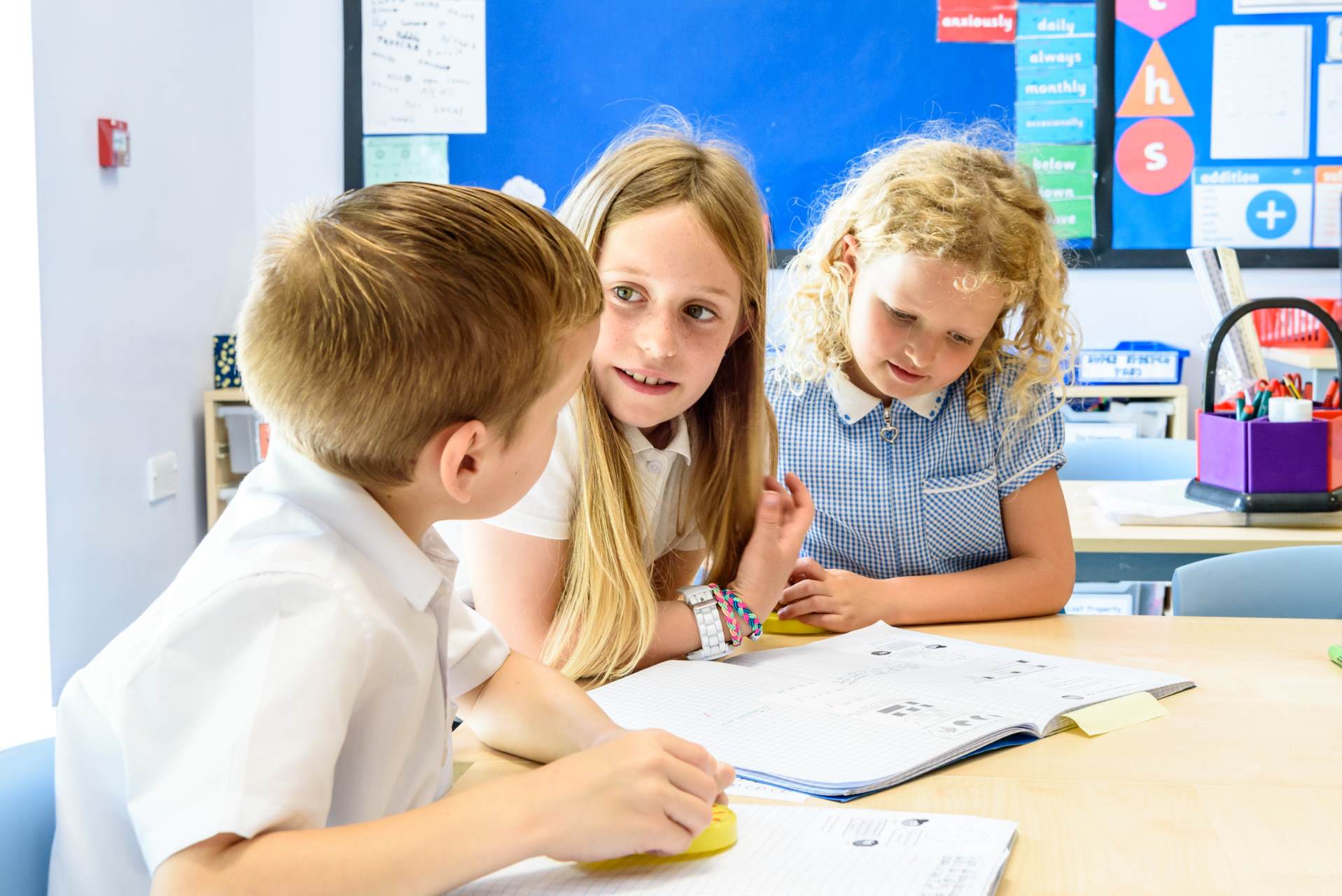 At Glebe, we recognise the important role that parents can play in helping children achieve their full potential in maths through regular consolidation of weekly learning using MyMaths online learning platform. As well as this Reception, Year 1 and 2 practice number bonds using ‘Numbots’ a game based interactive program. In years 3 to 6 children use TT Rockstars to practice times tables facts regularly in a fun and competitive manner. Regular practice at home of key maths facts to fluency complements the work undertaken in school to develop children’s conceptual understanding, reasoning and problem solving. More details of how to access MyMaths can be found in the home learning section of our website found here.
At Glebe, we recognise the important role that parents can play in helping children achieve their full potential in maths through regular consolidation of weekly learning using MyMaths online learning platform. As well as this Reception, Year 1 and 2 practice number bonds using ‘Numbots’ a game based interactive program. In years 3 to 6 children use TT Rockstars to practice times tables facts regularly in a fun and competitive manner. Regular practice at home of key maths facts to fluency complements the work undertaken in school to develop children’s conceptual understanding, reasoning and problem solving. More details of how to access MyMaths can be found in the home learning section of our website found here.



